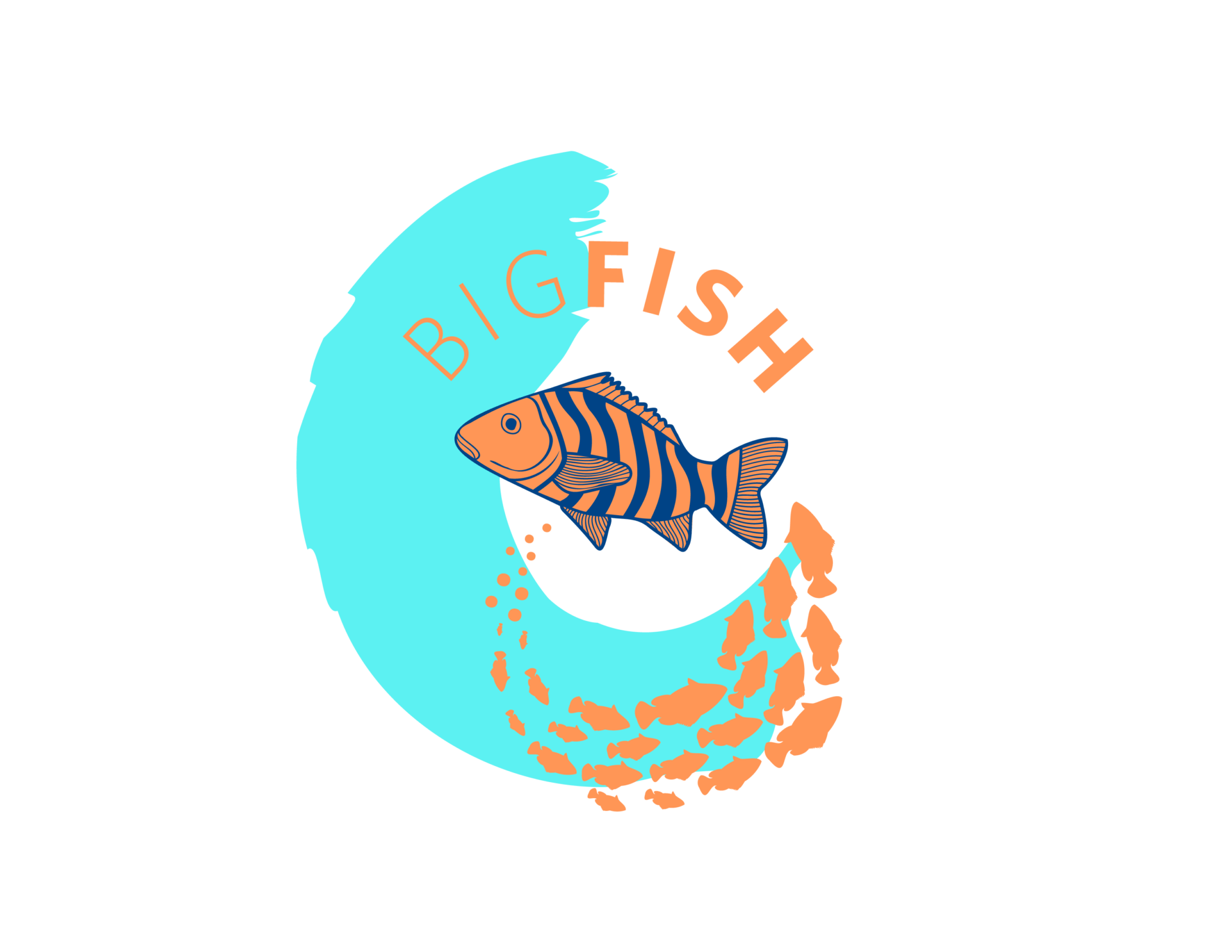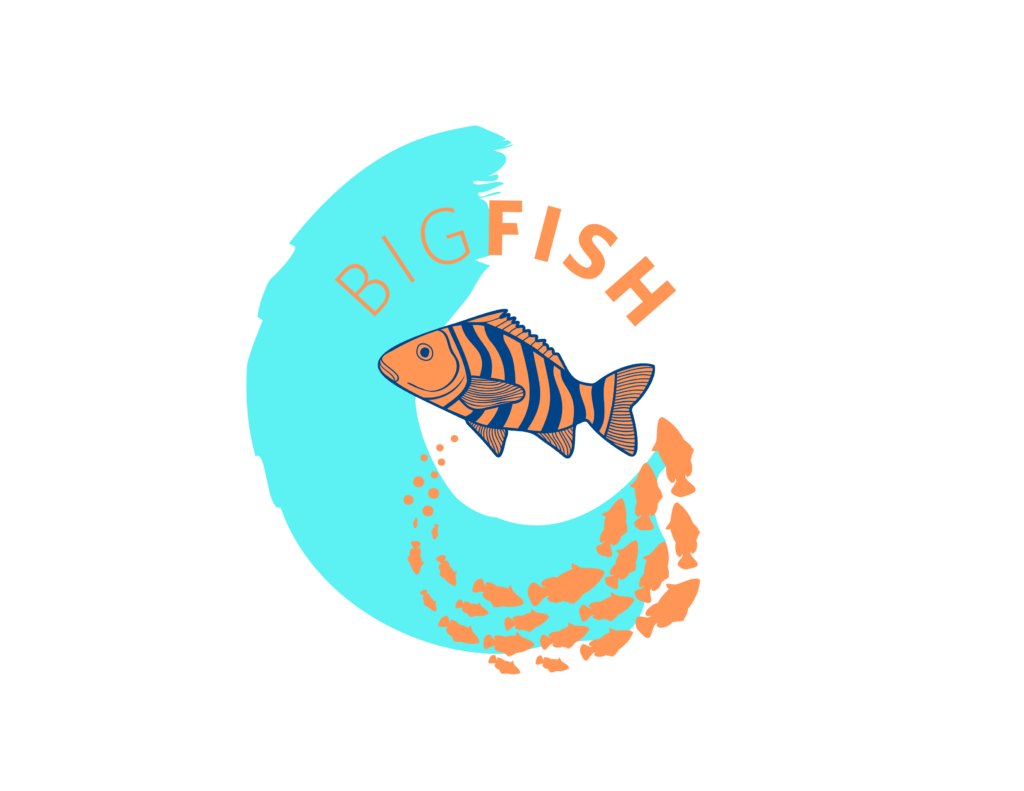Las dos especies bandera fueron seleccionadas debido a las preocupaciones crecientes sobre su estado de conservación y pesquero. En reconocimiento a sus poblaciones muy reducidas, el mero cherna fue incluido en la Ley de Especies en Peligro de Estados Unidos (2016) y listado en el Anexo III, como especie amenazada, en el Protocolo del Convenio de Cartagena sobre Zonas y Flora y Fauna Silvestres Especialmente Protegidas en 2018. Según la Lista Roja de la Unión Internacional para la Conservación de la Naturaleza (UICN), el estado de conservación del mero cherna es “En Peligro” (2018) y el del pargo criollo es “Casi Amenazado” (2015)
Aunque están sujetas a diversas medidas de protección, estas suelen ser insuficientes para detener los declives o promover la recuperación del mero cherna y el pargo criollo, aunque existen excepciones importantes e instructivas. Gracias a un manejo estricto,la recuperación del mero cherna avanza en las Islas Caimán, las Islas Vírgenes de EEUU y en México. Sin embargo, después de más de una década de protección con vedas temporales y áreas protegidas, es probable que Bahamas y Belice hayan frenado el declive.
Si bien sería útil disponer de más información, por ejemplo sobre desembarques y otros datos, también se reconoce que ya se dispone de información suficiente para proceder al manejo. Además, basándonos en el mejor conocimiento científico disponible, ahora sabemos que el manejo de las agregaciones reproductivas debe implementarse como una medida PREVENTIVA, porque la “hiperestabilidad” significa que las agregaciones pueden verse comprometidas antes de que los declives en las capturas sean evidentes.



 La recolección de datos en Cuba, Las Bahamas y Belice constituye la fundación de una base de datos estandarizada que se implementará a nivel regional para comprender mejor las pesquerías de agregaciones y las especies claves que se agrupan; estos estudios de caso deben ampliarse a otros países. La campaña de divulgación ‘La Iniciativa Big Fish’ es clave para fomentar una mejor comprensión y apreciación de las especies que se juntan para desovar y de la urgente necesidad de medidas de manejo. Incluye un centro trilingüe integral para que tomadores de decisiones, pescadores/as y consumidores de pescado puedan acceder a una amplia variedad de información. El CRFM ha puesto en marcha actividades de formación y capacitación de pescadores para mejorar las prácticas pesqueras sostenibles en relación con los sitios de desove.
La recolección de datos en Cuba, Las Bahamas y Belice constituye la fundación de una base de datos estandarizada que se implementará a nivel regional para comprender mejor las pesquerías de agregaciones y las especies claves que se agrupan; estos estudios de caso deben ampliarse a otros países. La campaña de divulgación ‘La Iniciativa Big Fish’ es clave para fomentar una mejor comprensión y apreciación de las especies que se juntan para desovar y de la urgente necesidad de medidas de manejo. Incluye un centro trilingüe integral para que tomadores de decisiones, pescadores/as y consumidores de pescado puedan acceder a una amplia variedad de información. El CRFM ha puesto en marcha actividades de formación y capacitación de pescadores para mejorar las prácticas pesqueras sostenibles en relación con los sitios de desove.

